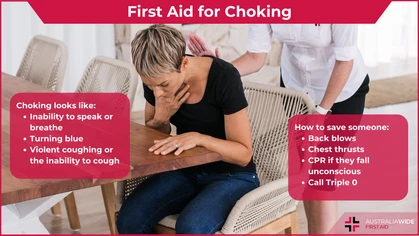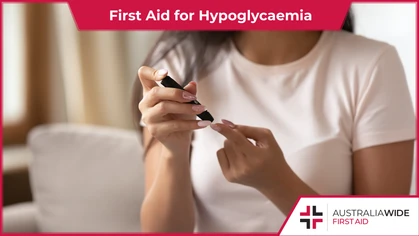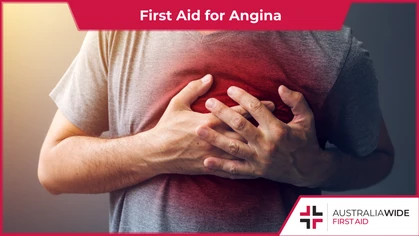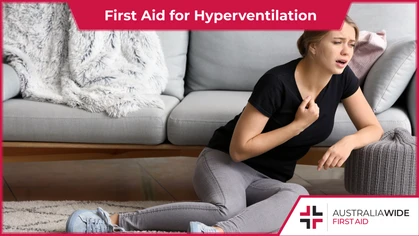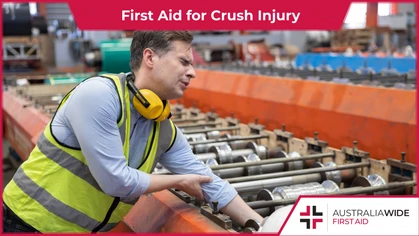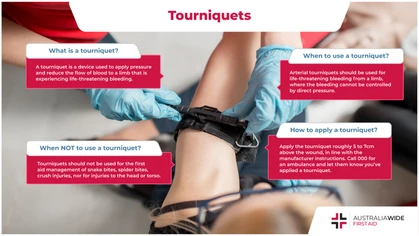Effective Ways for Relieving Shin Splints and Getting Back on Track with Your Exercise Routine

How-To
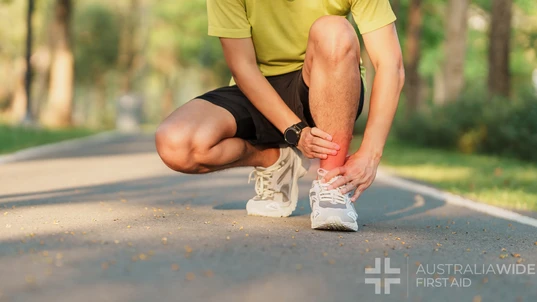
The best way to deal with shin splints is to prevent them from happening in the first place
Shin splints are a common injury for runners and athletes, also known as medial tibial stress syndrome. The condition causes pain and discomfort in the lower leg, particularly in the front or inside of the shin. If left untreated, shin splints can result in stress fractures or other leg injuries. In this article, we'll discuss some ways to prevent and relieve shin splints.Shin Splints Diagnosis and Treatment
If you have shin splints or MTSS, it's best to consult a healthcare professional for a proper diagnosis. Treatment typically involves RICE therapy and anti-inflammatory medication. Physical therapy exercises and adjusting your footwear may also help prevent future episodes. Imaging tests may sometimes be necessary to eliminate other possible conditions.Preventing Shin Splints
The best way to deal with shin splints is to prevent them from happening in the first place. Here are some tips to help you prevent shin splints:Proper Footwear and Orthotics
Choosing the right footwear and using orthotics are crucial in preventing shin splints. Shoes with proper fit and support can lessen the impact of your movements and decrease the stress on your shins. Meanwhile, orthotics can correct any foot mechanics issues contributing to shin splints. They provide additional support and cushioning, which can help reduce the pain and discomfort associated with anterior tibialis shin splints.Warm Up and Cool Down
To prepare your body for physical activity, warm-up exercises are essential. Incorporating light aerobic exercise or dynamic stretches that target the muscles you will use during your workout can help prevent stress fractures and medial tibial stress syndrome. Additionally, cooling down after exercise can help your body transition back to its resting state, reducing the chances of muscle soreness and injury.Gradual Increase in Activity
Overuse injuries like shin splints can be avoided by gradually increasing the intensity and duration of your exercise routine. By doing this, your body will have ample time to adjust and adapt to the stress of physical activity. For instance, if you're new to running, start with shorter distances and slowly increase the weekly mileage. This approach can help prevent stress fractures and avoid pain and discomfort caused by shin splints.Cross-Training
Incorporating other forms of exercise into your routine can help reduce the stress on your legs and prevent shin splints. Cross-training activities like cycling, swimming, or yoga can give your legs a break from high-impact activities like running or jumping. Moreover, cross-training can strengthen the muscles in your legs, improving your balance and flexibility and reducing the risk of developing shin splints or other leg injuries. This can help prevent overuse injuries and improve your overall fitness level.Massage, Compression, and Cold Therapy
To alleviate shin splint pain, several techniques can be helpful, such as massage and compression sleeves. Massaging the affected area can reduce muscle tension and promote blood flow, promoting healing. Additionally, compression sleeves can help reduce inflammation and swelling, which can cause shin pain. Cold therapy, such as ice packs for shin splints, can also be beneficial in reducing inflammation and relieving pain.Relieving Shin Splints
If you're experiencing shin splints, here are some ways to relieve the pain and discomfort:Cold Therapy
Using ice packs on the affected area for 15-20 minutes several times a day can help reduce inflammation and pain. The cold temperature constricts blood vessels, which helps to reduce swelling and numb pain. Wrapping the ice pack in a towel is important to prevent skin damage from direct contact with the cold.Shin splints massage
Gentle massage of the affected area can help relieve muscle tension and reduce pain. Using your fingers or a foam roller to massage the shin muscles increases blood flow, which reduces inflammation and promotes healing. However, be cautious not to apply too much pressure, which could cause further damage.Compression Sleeves
Wearing shin splints, compression sleeves, or socks can help reduce swelling and support the affected area. The tight fit compresses the muscles and reduces the strain on them. Compression sleeves can be worn during exercise or throughout the day to help relieve pain and prevent further injury.Shin Splint Support
They can help stabilize and support the affected area, reducing muscle strain and relieving pain. Shin splint supports are available in various forms, including wraps and braces. They provide additional support to the shin and prevent further muscle damage.Orthotics for shin
If you have flat feet or overpronate, consider using orthotics to provide additional support and prevent further injury. Orthotics are customized shoe inserts that help correct foot and ankle alignment and support the arches. This can reduce the strain on the shin muscles and prevent the occurrence of shin splints.When to Seek Medical Attention
If the pain and discomfort from shin splints persist even after trying these methods, or if you suspect a stress fracture, it's important to seek medical attention. Your doctor may recommend imaging tests, physical therapy, or other treatments to help alleviate the pain and prevent further injury. Shin splints can be quite uncomfortable and bothersome to deal with. Still, with the right prevention and treatment methods, you can relieve the pain and return to your exercise routine. Remember to always listen to your body and seek medical attention if necessary.
Originally published at
https://www.australiawidefirstaid.com.au/resources/relieving-shin-splints
as part of the Australia Wide First Aid Articles Library
